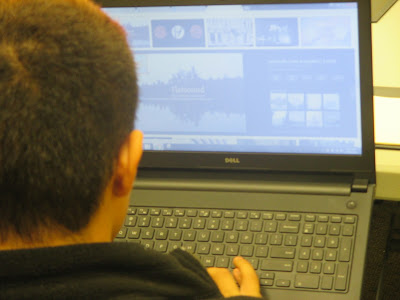 Have you ever heard of "close reading?" It is a reading technique that allows for "a thoughtful, critical analysis of a text that focuses on significant details or patterns in order to develop a deep, precise understanding of the text's form, craft, meanings, etc."
Have you ever heard of "close reading?" It is a reading technique that allows for "a thoughtful, critical analysis of a text that focuses on significant details or patterns in order to develop a deep, precise understanding of the text's form, craft, meanings, etc." It is a rather advanced strategy for learning from books and other written materials. It is designed so you can get a lot out of writing that leaves you considering thought-provoking messages that go beyond the text. It's excellent for "talking with" the written word.
It is a rather advanced strategy for learning from books and other written materials. It is designed so you can get a lot out of writing that leaves you considering thought-provoking messages that go beyond the text. It's excellent for "talking with" the written word. Earlier in the year, we watched some videos by Nick Vujicic. We even tried to invite him to come to our school (Sigh...he's not available.) Sister Patrice was telling her friend Lee Ann about this, and Lee Ann explained that she, herself, really liked Nick Vujicic's insights and ideas. Lee Ann and her husband sent our class a surprise. She sent each of us our very own copy of Nick Vujicic's book, Life without Limits: Inspiration for a Ridiculously Good Life.
Earlier in the year, we watched some videos by Nick Vujicic. We even tried to invite him to come to our school (Sigh...he's not available.) Sister Patrice was telling her friend Lee Ann about this, and Lee Ann explained that she, herself, really liked Nick Vujicic's insights and ideas. Lee Ann and her husband sent our class a surprise. She sent each of us our very own copy of Nick Vujicic's book, Life without Limits: Inspiration for a Ridiculously Good Life. We were really excited to receive them. We are using them for close reading. But, instead of calling it "close reading," we're learning "how to digest a book." Here's a bookmark with the steps.
Close Reading Challenge: We were also invited to consider being in a "Close Reading Challenge." Between the day we got our books and January 2, when we come back from Winter Break, we can read the book and "digest" it with a pencil or pen in hand. If we complete Sections 1-6 of the Personal Action Plan in the back of the book by January 2, we can get extra credit that will raise our grade in Communications for Life Success by one letter grade! It will be hard work, but we will also learn a lot.















































